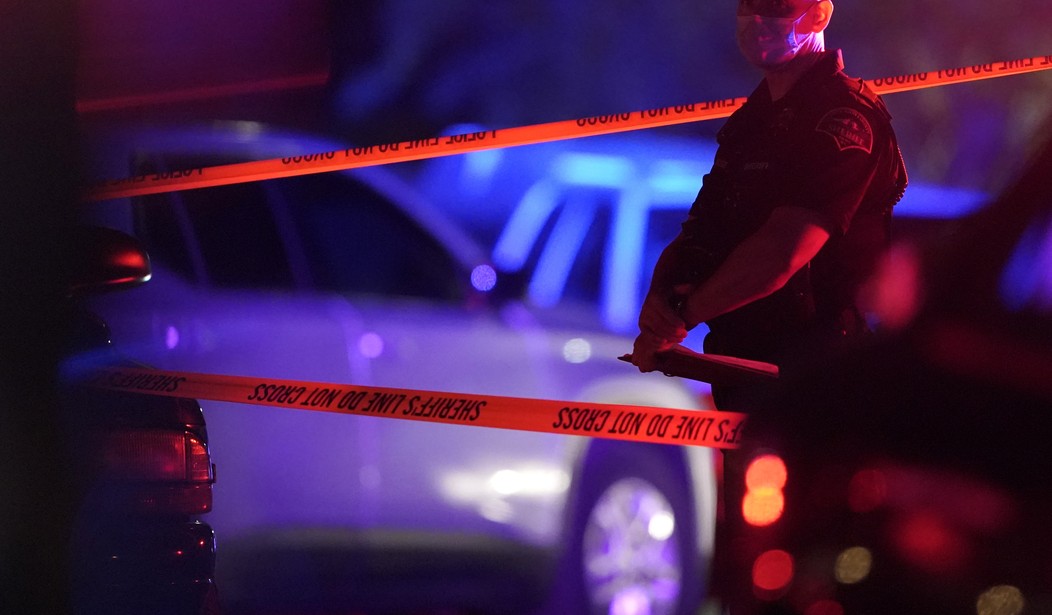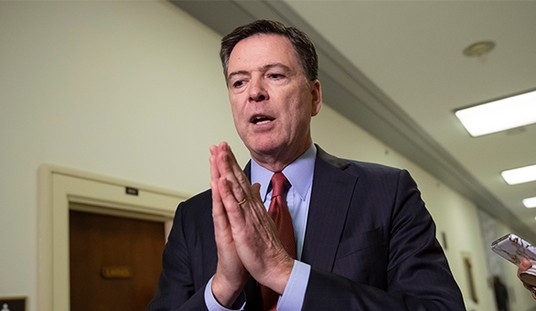The rise in violent crime in America doesn’t have any of the simple explanations that are usually advanced by the right and left. In fact, the reasons for the 35% spike in murders in 70 cities across the country in 2020 resist generalizations or pat answers.
The pandemic lockdowns certainly contributed to the rise in killings. This is a favorite explanation of mayors looking for an easy scapegoat. More pointedly, the pandemic led to lockdowns that virtually shut down the criminal justice system. Only the most violent offenders were kept behind bars, radically reducing local jail populations and allowing potentially violent people to walk the streets freely.
Economic factors, also a favorite whipping boy for liberal mayors, do not appear to have had much of an impact on the murder rate at all.
Another factor that appears to have had a negligible impact on the violence was the presence of guns on the streets. In Appalachia, for example, widespread gun ownership has not led to an appreciable increase in gun violence.
But perhaps not surprisingly, the largest spike in murders was seen in cities that experienced a high-profile police shooting last summer.
Mr. Floyd’s death and other incidents in recent years have put a spotlight on racial tensions over the use of force by police and have spurred a political response, including the election in many cities of officials determined to change police behavior. In Boston, District Attorney Rachael Rollins pledged to stop prosecuting disorderly conduct, driving with a suspended license and trespassing. Chicago Mayor Lori Lightfoot all but banned police from pursuing suspects on foot.
Such external pressure, combined with a pullback on the part of police departments wary of intensified scrutiny, has resulted in less proactive policing in many cities. In Los Angeles, for instance, arrests declined 40% between 2013 and 2019, mostly as a result of Proposition 47, which reclassified many felonies as misdemeanors. In 2020 arrests dropped another 37%, and this year they are down another 6% so far, even as shootings and murders in Los Angeles continue to rise.
Murders increased 69% in Minneapolis after George Floyd was killed. They went up 99% in Louisville following the death of Breonna Taylor and climbed 47% in Seattle. In each of those cities, police departments came under enormous pressure to “reform.”
There are precedents in other cities for police pullbacks in the face of controversy and subsequent spikes in violent crime. In Baltimore in 2015, six officers were charged for the death of Freddy Gray in police custody. After riots led to personnel shortages and a more combative public, proactive policing essentially ended. The 2014 shooting death of Laquan McDonald in Chicago, which was followed by a police and political coverup, led to a new requirement for police officers to complete lengthy forms, subject to official review by the ACLU, for every stop they made. In this environment, police largely declined to stop suspicious people, and violent crime increased.
Activists may have cheered the pullback, but it was about more than police not stopping citizens who act suspiciously or the subsequent calls for reform. It was a subtle change in attitude toward police by residents and city leaders that may have been the biggest contributor of all to the increase in murders.
Civil unrest and calls for police accountability don’t directly cause an increase in murders and other violence. The danger is when antipolice sentiment rises to the point where policing is seen as the primary problem to be solved rather than as an essential part of maintaining public order and safety. Onerous restrictions on the police can lead to the worst of both worlds: poorer policing and more violence.
Policing large cities where there is no respect for the law or those who enforce it is an exercise in futility. Without law and order, a city becomes a war zone. Chicago is a good example of that, but in other cities, criminal gangs have become so emboldened that their turf wars spill over into areas previously free of violence.
Gunfire erupted in a Washington, D.C., area known for its restaurants Thursday, wounding two men, one of whom may have been a bystander, police said.
The shooting at around 8:20 p.m. at 14th Street NW and Riggs Street NW sent diners fleeing.
Metropolitan Police Department Chief Robert Contee called the violence “unacceptable” and said the shooting occurred in an area with a lot of people around.
The gangbangers don’t care what the police chief says. They have no fear of the cops or of any punishment at all. They have no fear of being stopped. They have no fear of authority of any kind.
The well-meaning but totally clueless liberals who run D.C. and other major cities have no idea how to deal with this kind of violence. It’s beyond the ken of their understanding. Their old verities don’t apply. So the violence will continue until the people elect someone who will put a stop to it — preferably sooner rather than later.










